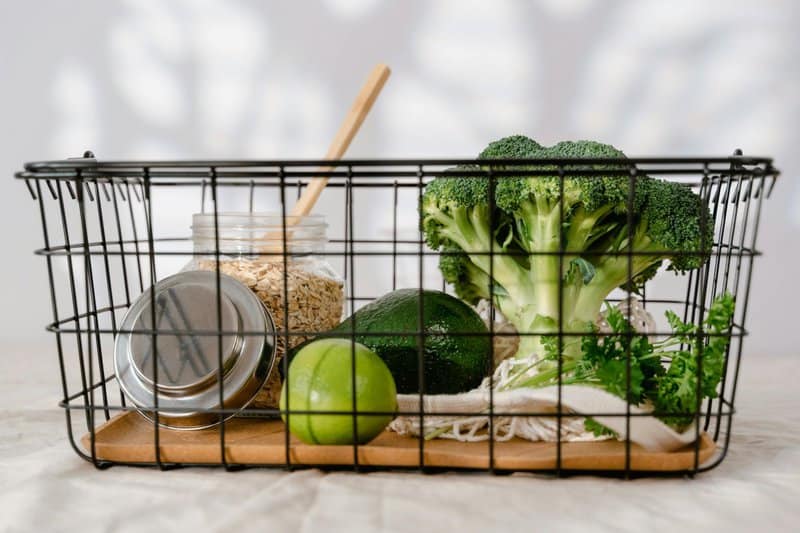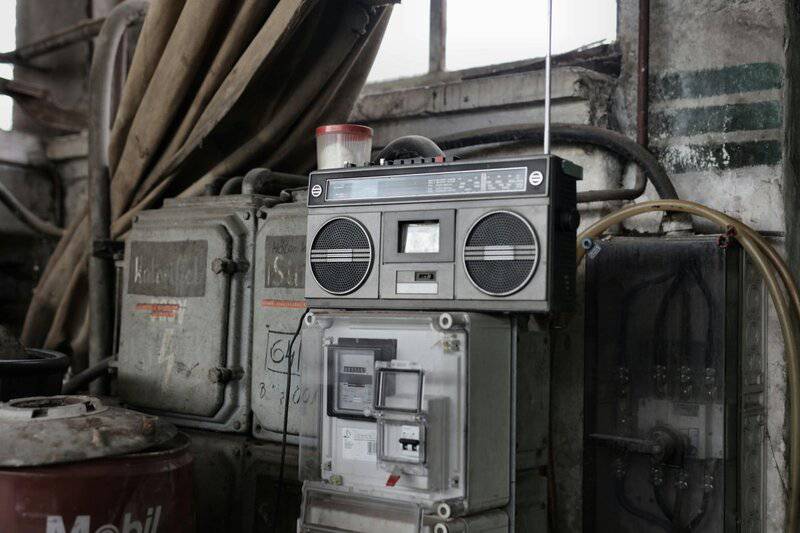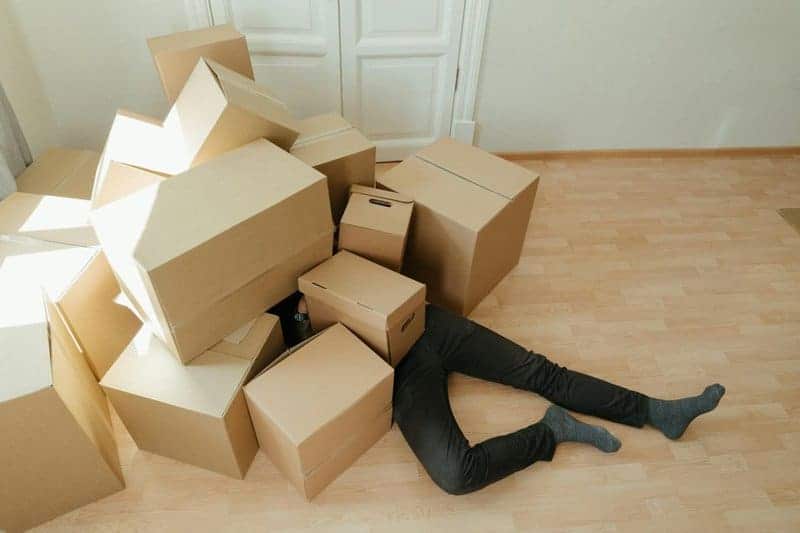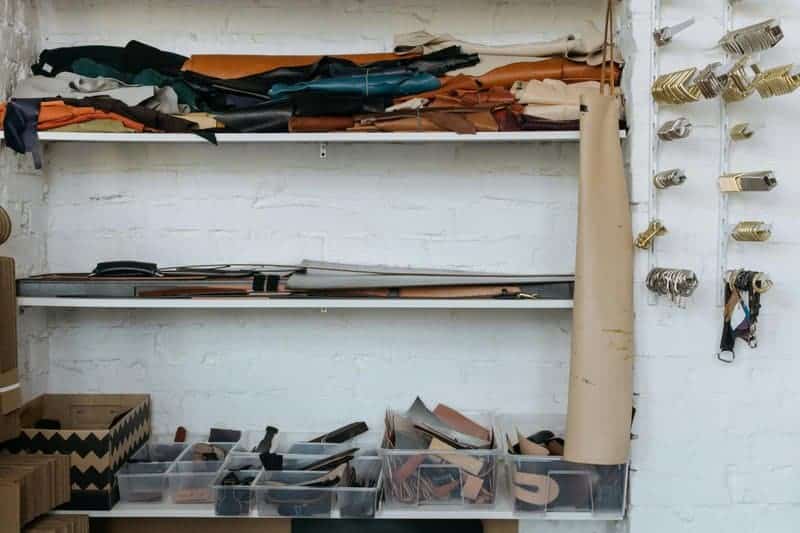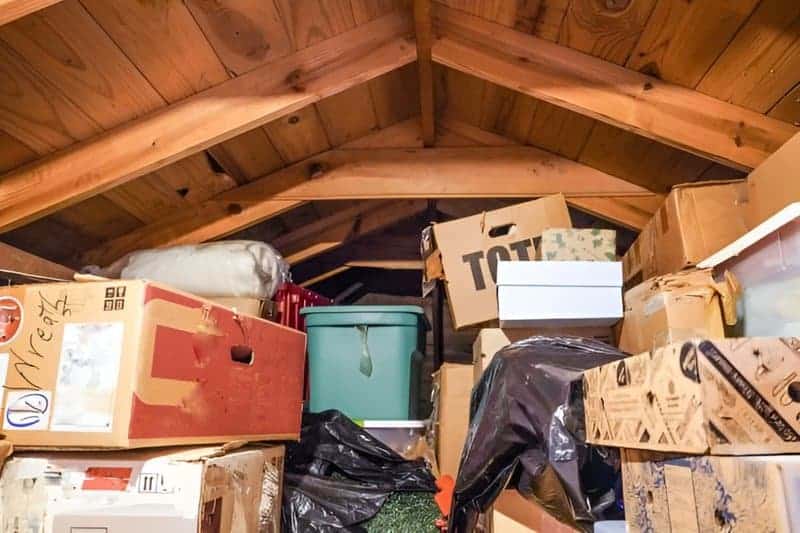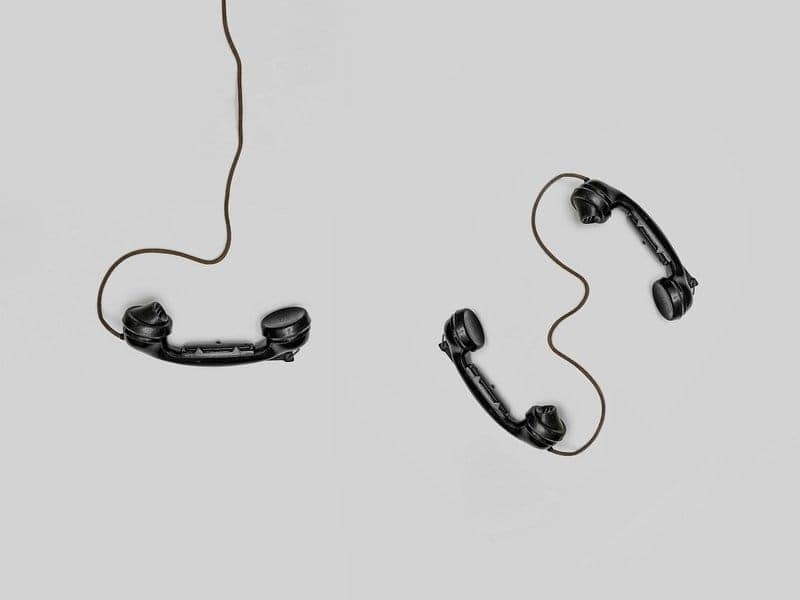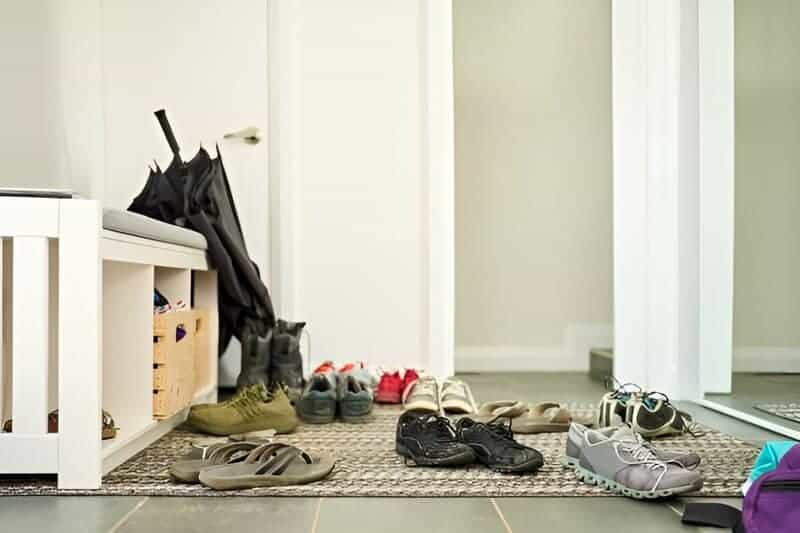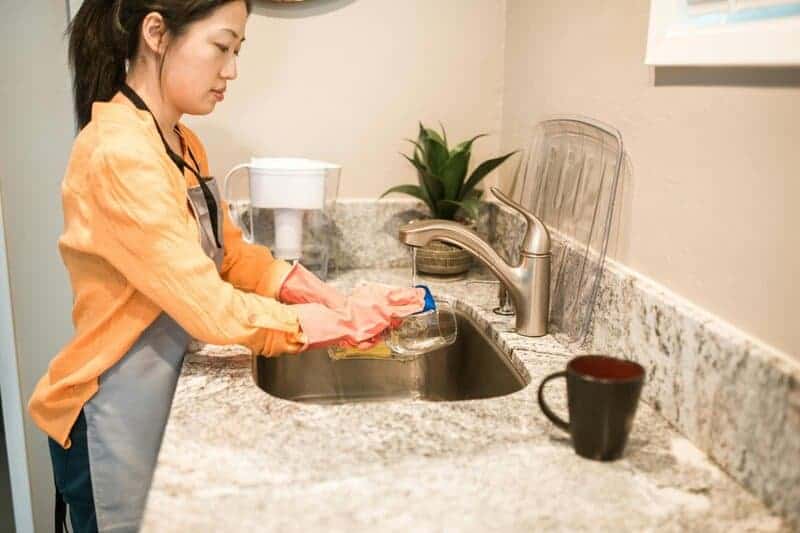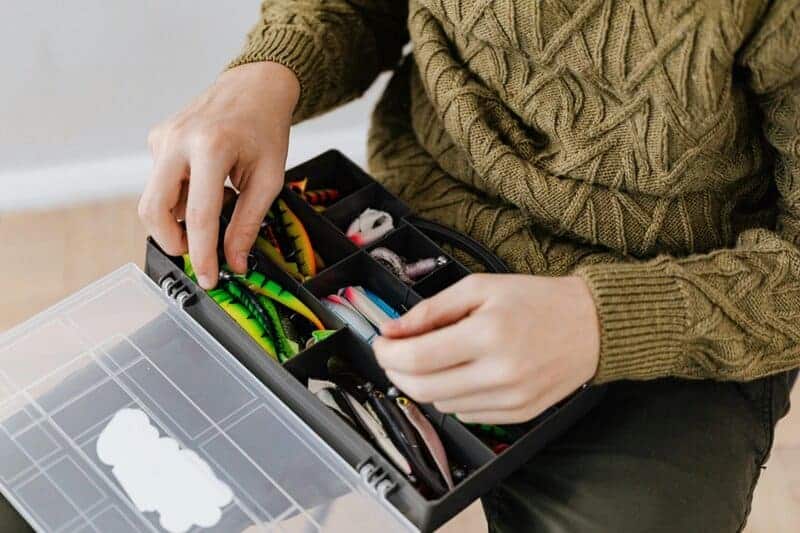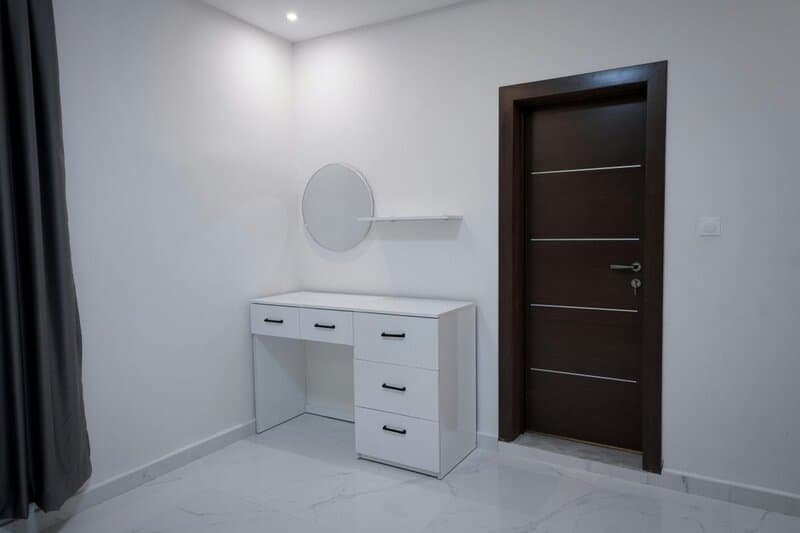Are your countertops, closets, or drawers constantly overflowing, no matter how often you tidy up? The culprit may not be a lack of storage but everyday habits you don’t even realize are contributing to the chaos. From unopened mail and impulse buys to sentimental clutter and “just in case” items, these small choices add up, slowly transforming your home into a source of stress instead of a sanctuary.
In this article, we’ll uncover 20 common behaviors that are silently filling your space with unnecessary clutter. With practical advice and easy-to-implement tips, this guide will help you break free from clutter for good and reclaim the calm, organized home you deserve.




